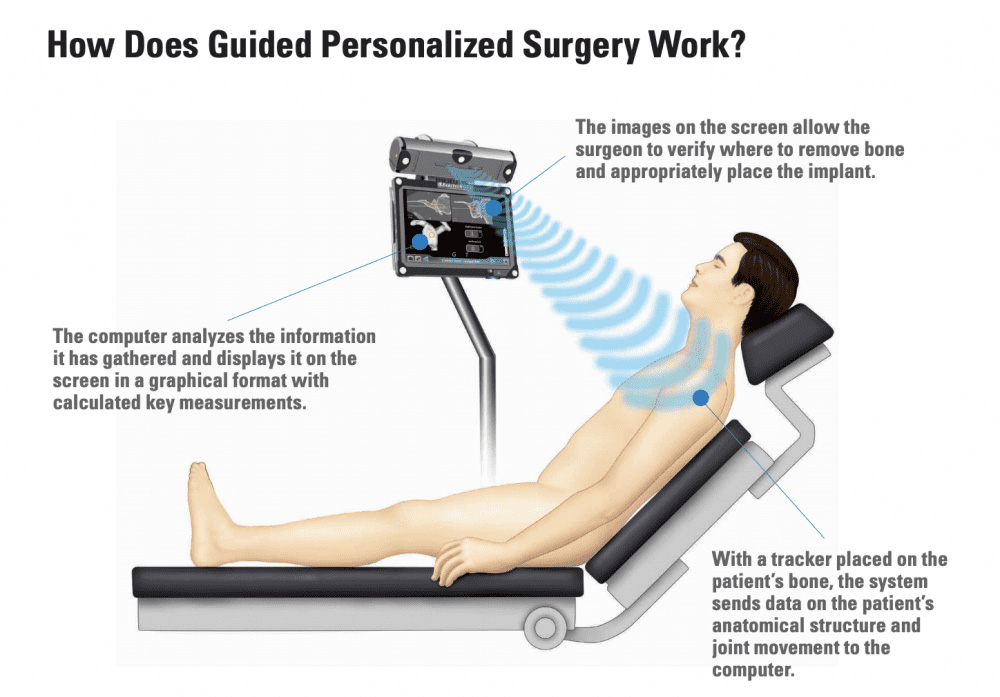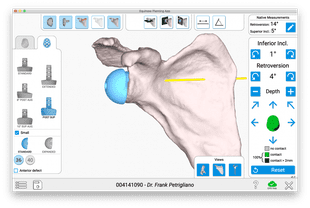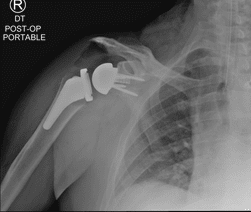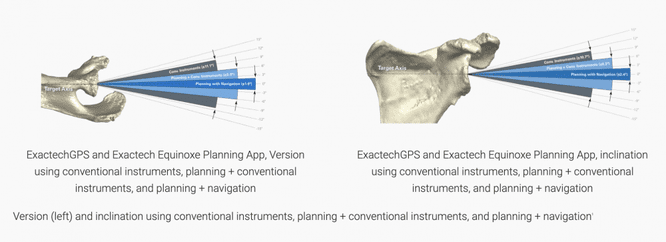Navigation Can Improve the Accuracy of Implant Position in Shoulder Replacement
I was skeptical of the value of navigation for shoulder replacement. I always felt that by evaluating the pre-operative imaging and using my experience, I knew what implants I would need and the correct orientation of those implants. However as I reviewed the most current literature, I found that there may be unrealized benefits of navigation, and at a minimum, pre-op planning software for my practice.







